There is really no mistaking a Miles Aldridge photograph. Bright, glossy, and Pop-edged, the fashion-favored artist stirs references to film noir and domestic worlds with quiet subversion. Opening this week, Aldridge’s touring retrospective debuts at Fotografiska New York with his first U.S. museum exhibition. Aptly titled Virgin Mary. Supermarkets. Popcorn. Photographs 1999 to 2020, this showcase of more than 60 works weaves together a range of subjects from religious Virgin Mary figures to consumerist Stepford Wives to 2-D/3-D scenes of movie-goers. In the artist’s surreal visual world, the layers of his work-and its subtle, endless questioning-is often as enigmatic as the images themselves.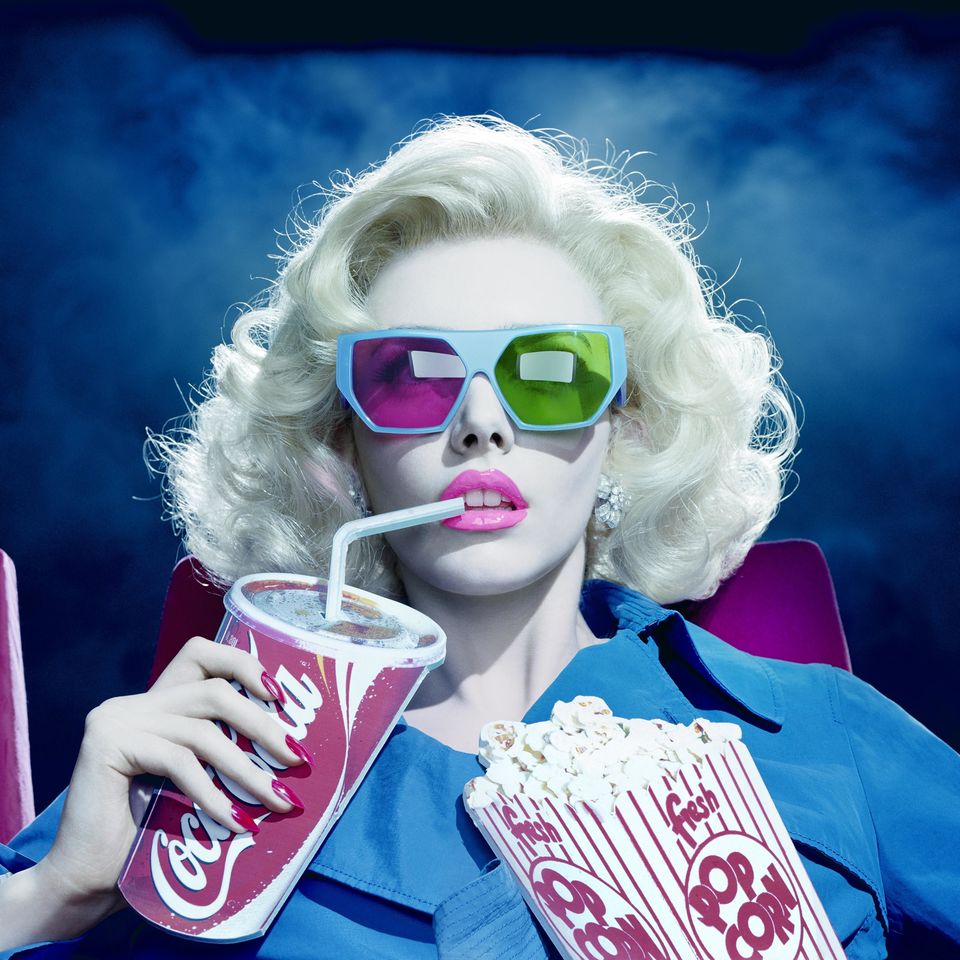
With an aesthetic that whispers unease, the photographer tackles diverse themes with a common unsettled feeling. From his glamorous, conflicted heroines to his pictures of art provocateur Maurizio Cattelan, the symbolism in Aldridge’s photos is always left to the viewer’s devices. “In my work, there is a singular message, which is something I have strived for as an artist. There is a signature visual language and a certain type of palette,” Aldridge tells L’OFFICIEL. “The aim is to say something meaningful and specific. How to make it subjective is the question and how to make it personal is the challenge."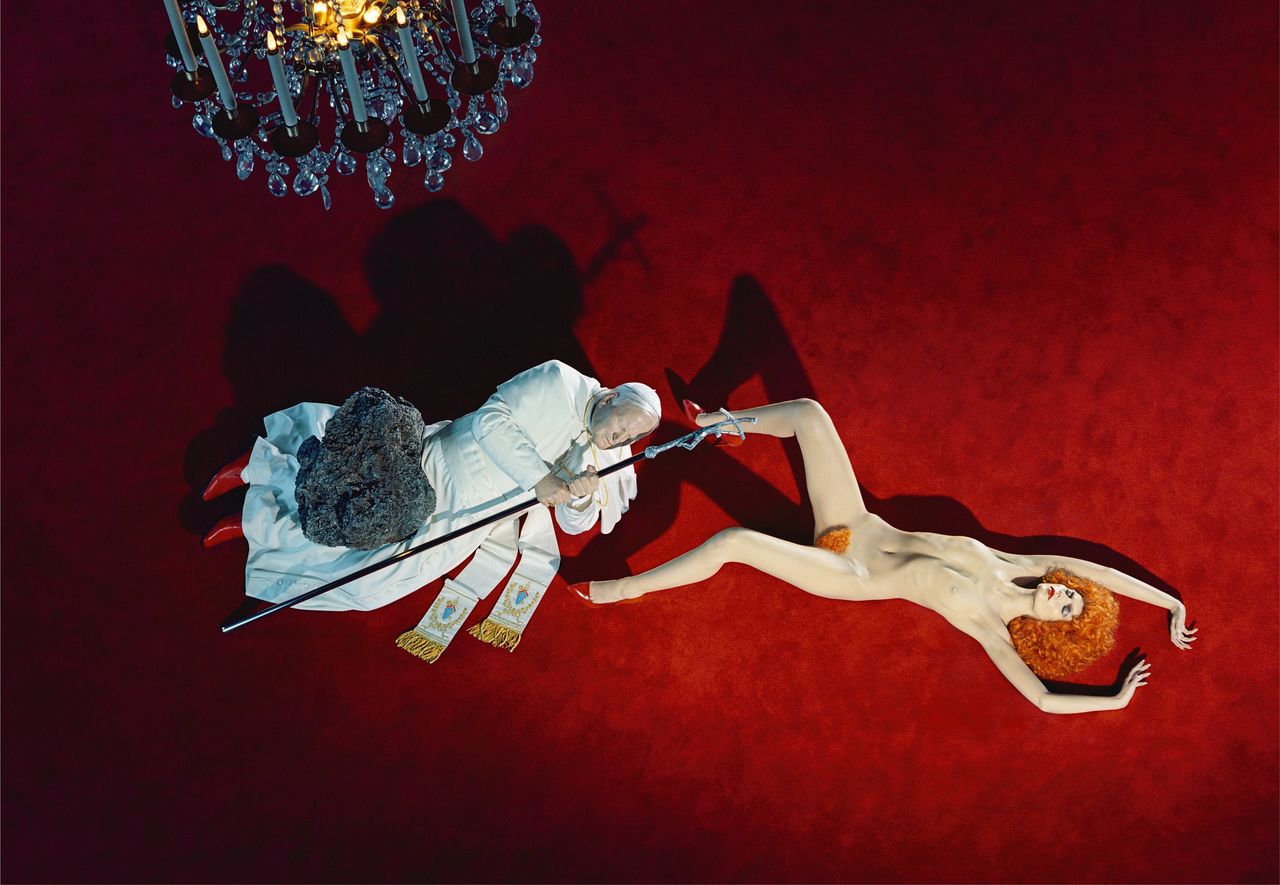
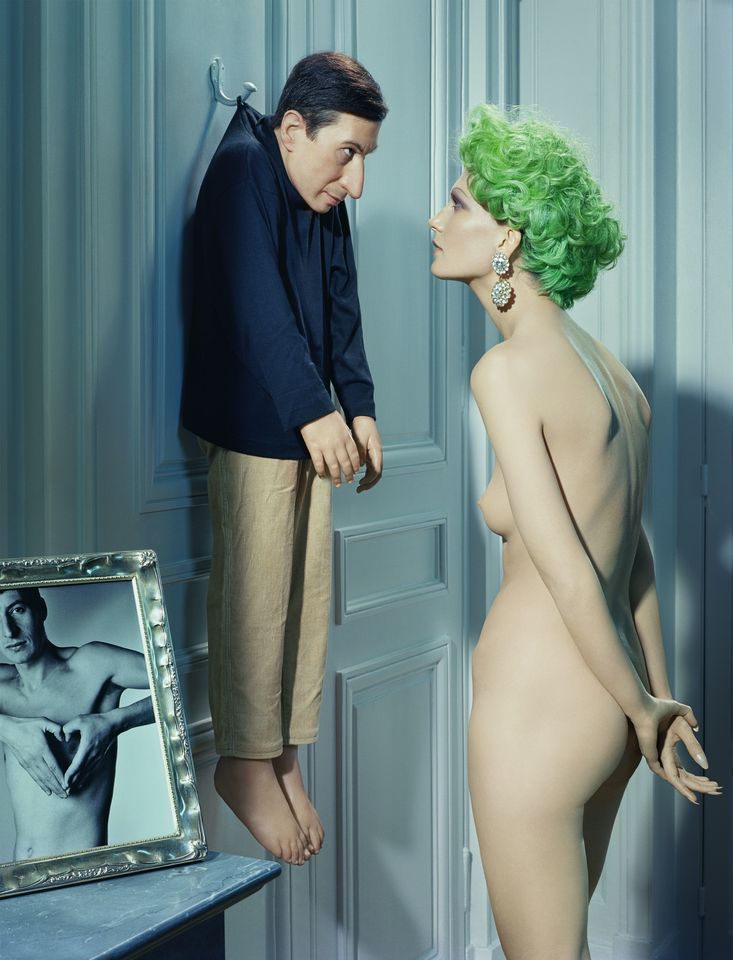
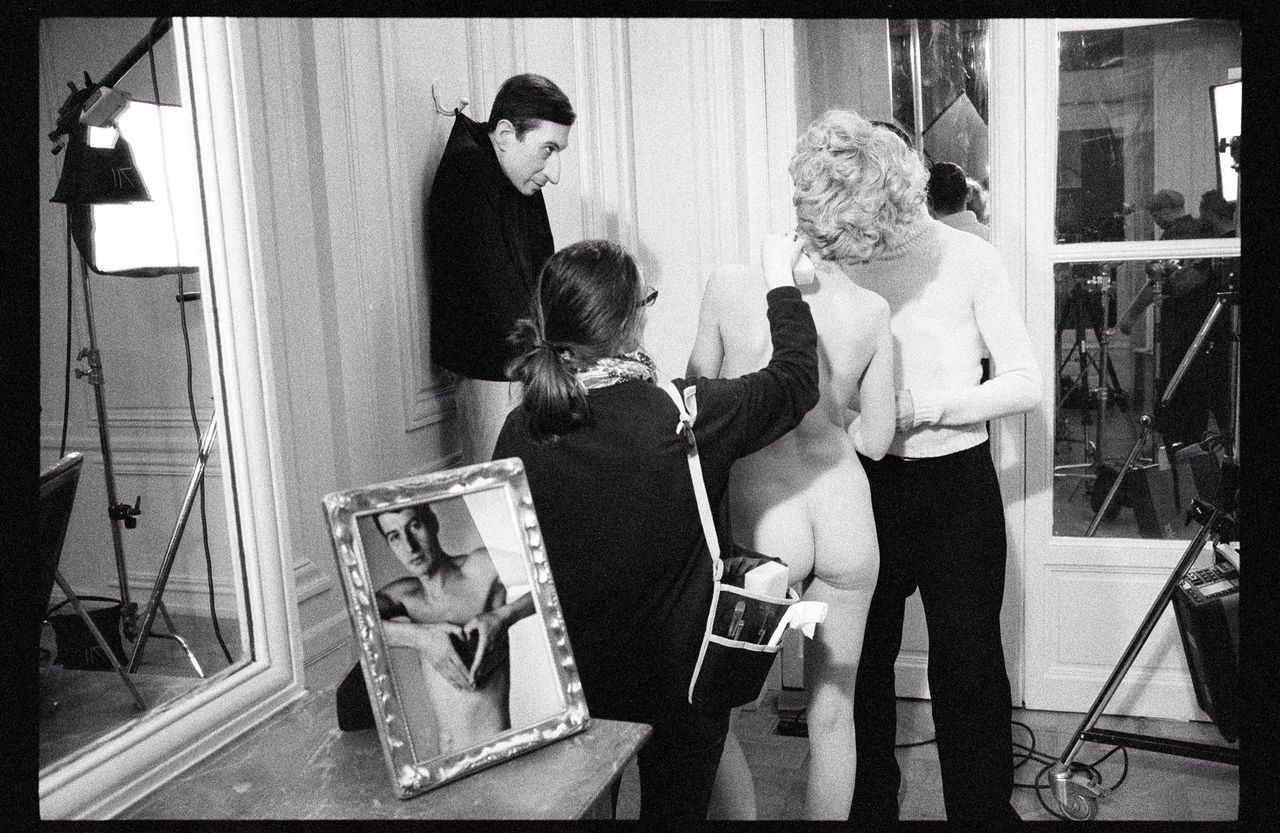
In the showcase, color-saturated portraits of Donatella Versace and Marina Abramovic are positioned alongside images of models veiled with religious allusions and blank, pensive stares. The delicate tension between their vacancy and what goes on behind their eyes creates a tangible restlessness. Their expressions give away nothing, while hinting at much beneath the shiny veneer. The stark contrast and ruptured perfection is classic Aldridge. 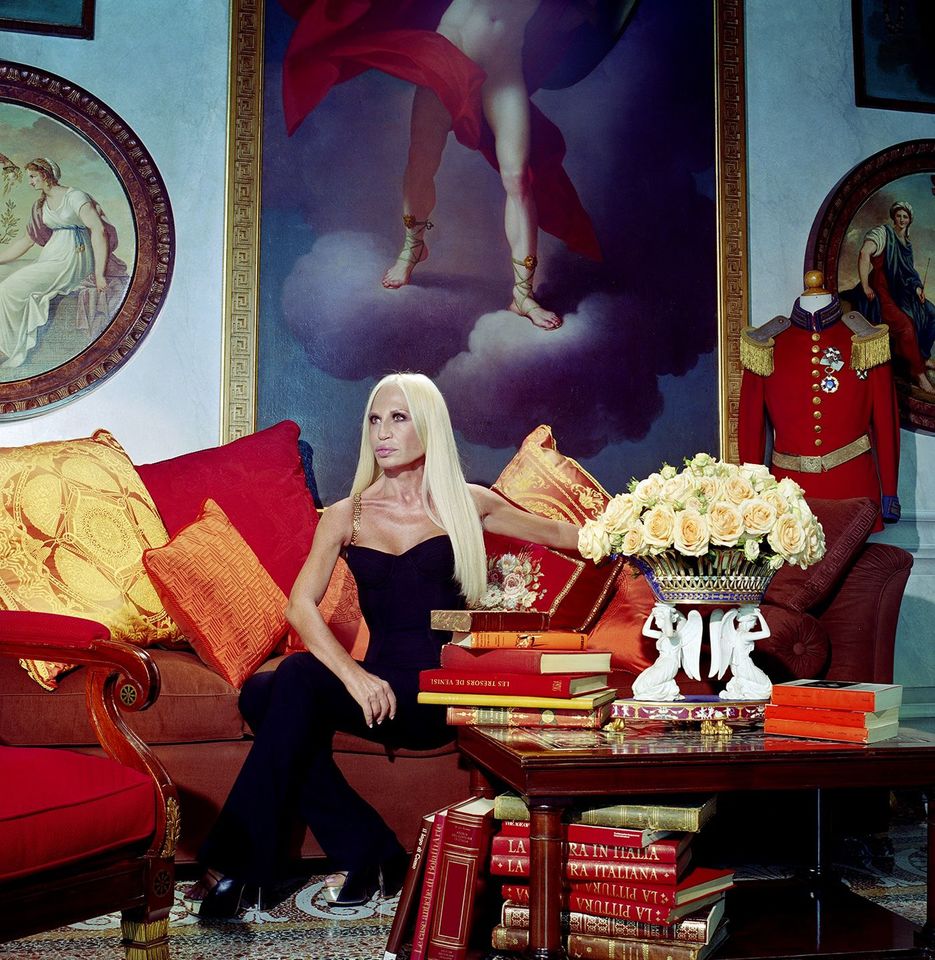
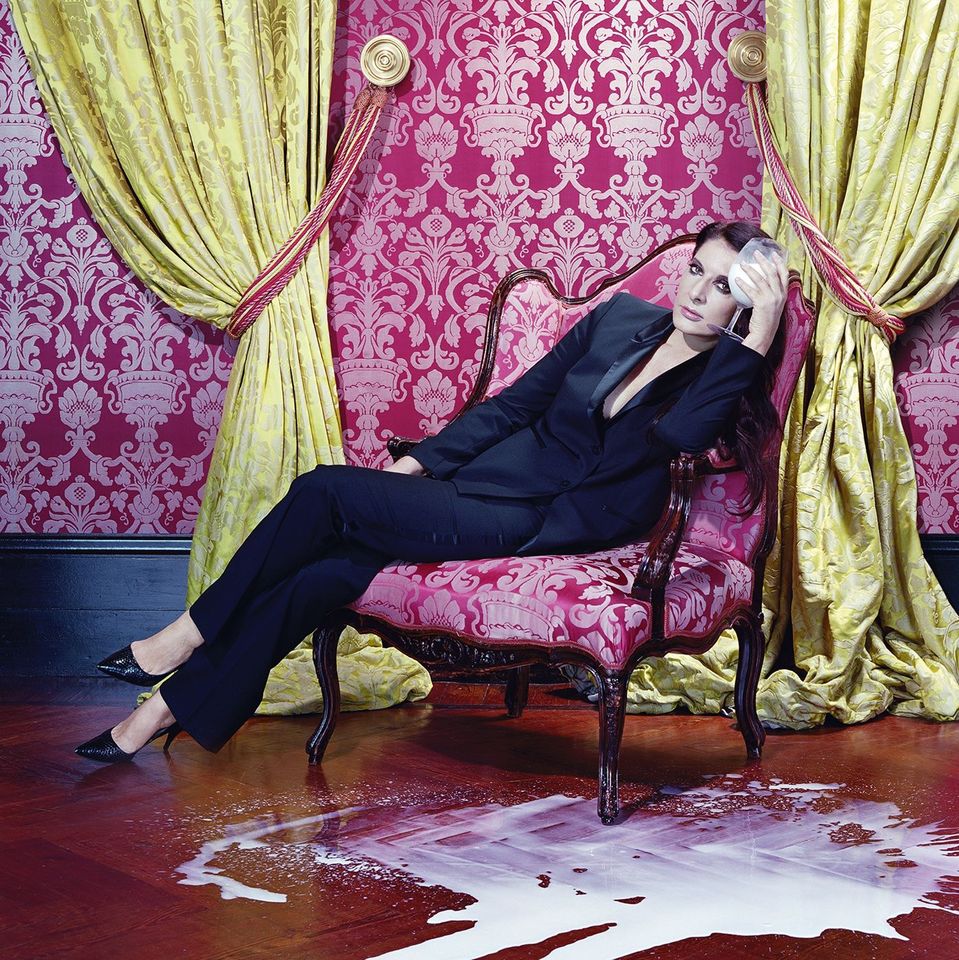
“I came into being as an artist through fashion, which is often about surface, improvement, and being your best self, even if your core is not changed by this,” says Aldridge. “As human beings, we are storytellers—and clothes, makeup, and hair are great for telling stories. My ideas tend to come from a darker universe, because presenting life as ever perfect and wholesome does not fit with my experience. From news stories to the literature of [Anton] Chekhov and [Raymond] Carver, there is always a bittersweet element there."
London-born Aldridge (b. 1964) took a young interest in photography. He was also inspired by his father Alan Aldridge, a famous art director and illustrator, who worked with the likes of The Beatles and The Who. The younger Aldridge went on to study graphic design at Central Saint Martins. After working as an illustrator and music video director, he turned his attention back to his first love of photography. The artist quickly made a name for himself in fashion, collaborating with Vogue Italia editor Franca Sozzani for many years and creating ad campaigns for luxury brands and major designers including Giorgio Armani, Karl Lagerfeld, and Yves Saint Laurent. 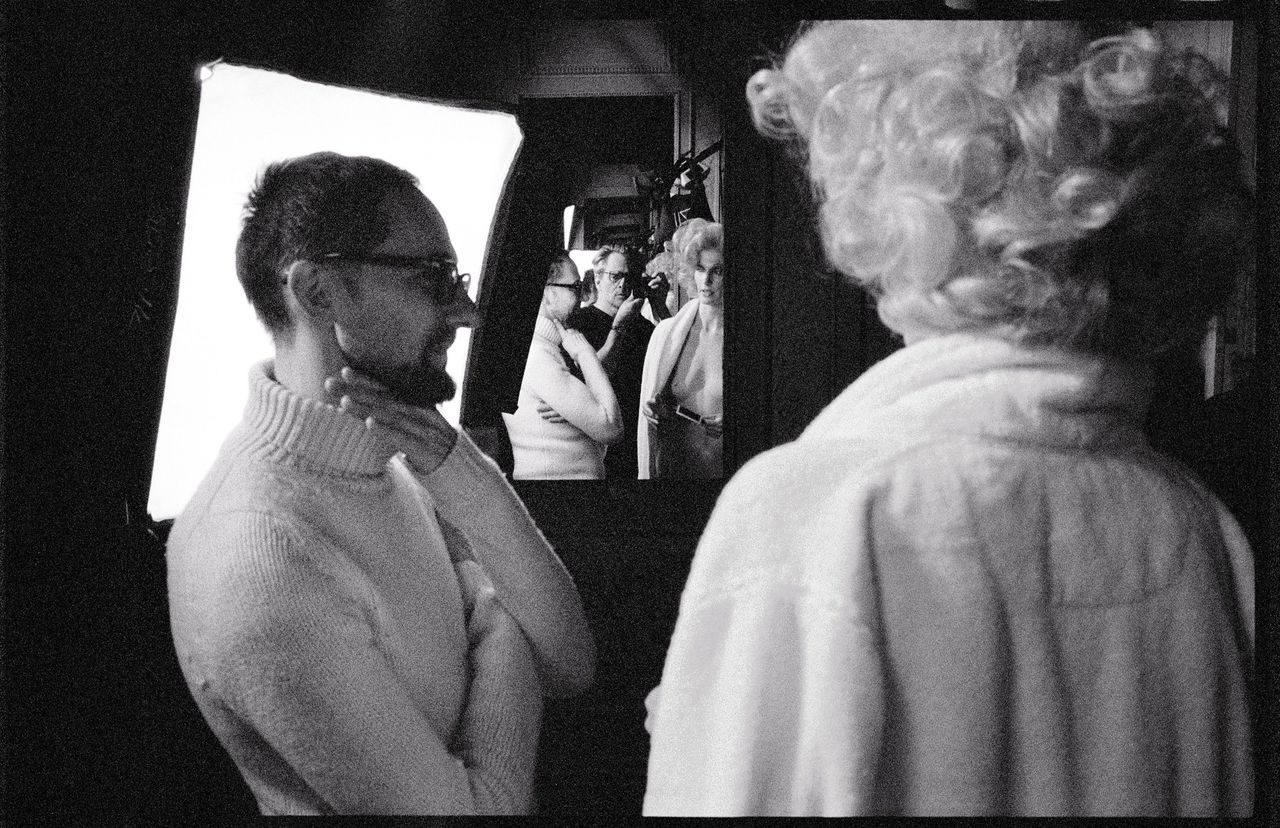
Throughout his body of work, Aldridge always seeks to push the limits of what photography can be, beyond the elements portrayed in his images. He embraces a Hollywood vision of the world, while courting themes of art history and undercurrents of ennui. “In my work en masse, there is so much color inspiration from cinema-I love the way the sky looks in a Hitchcock film, a green Cadillac, or a yellow 'Do Not Park' sign,” shares Aldridge. “I went on this journey into color and I started to riff on [Mark] Rothko, [Henri] Matisse, and Francis Bacon motifs. I wanted a combination of real life as seen through a Hollywood lens. There is joy there, but there is real life too. It is our world ramped up, a color postcard with darker themes beneath, which is a continuous algorithm of my work.”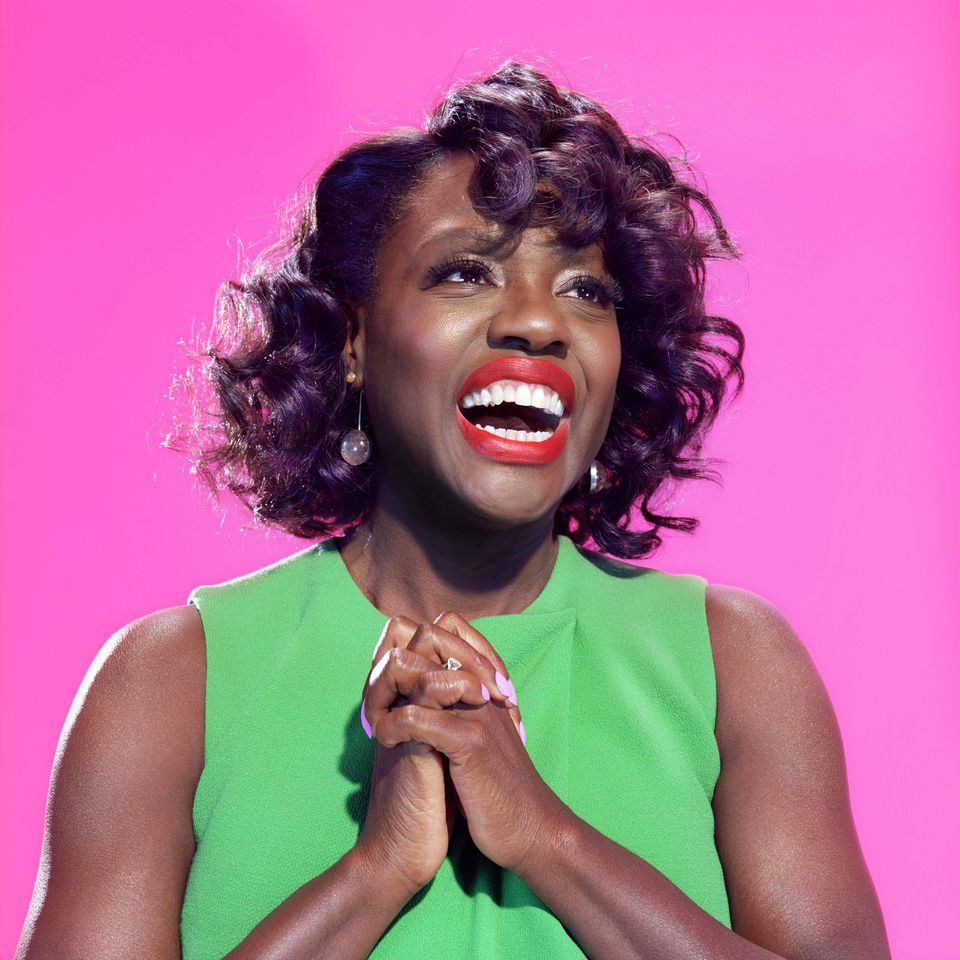
It feels ironic that Aldridge’s dystopia-tinged images are unveiled while the world is reaching for post-pandemic air. Yet the artist’s worldview is not pessimistic as much as a deep dive into philosophical questions. Beneath his stylized photos, the complexity intends to be authentic and true. “My images are not cynical as though we are all doomed. Part of my modus operandi is to scratch away at surfaces. A great guide was Blue Velvet, David Lynch's squeaky-clean Oz with sunny days and birds singing, but it's a brutal world beneath that,” explains Aldridge. “The duality felt so true when talking about beauty, possessions, luxury, and aspirational goodies. My focus is always more about the questioning and the idea of what is interesting and dimensional, rather than what is just beautiful.”
Virgin Mary. Supermarkets. Popcorn. Photographs 1999 to 2020 is on view through October 2021 at Fotografiska New York in New York City.













